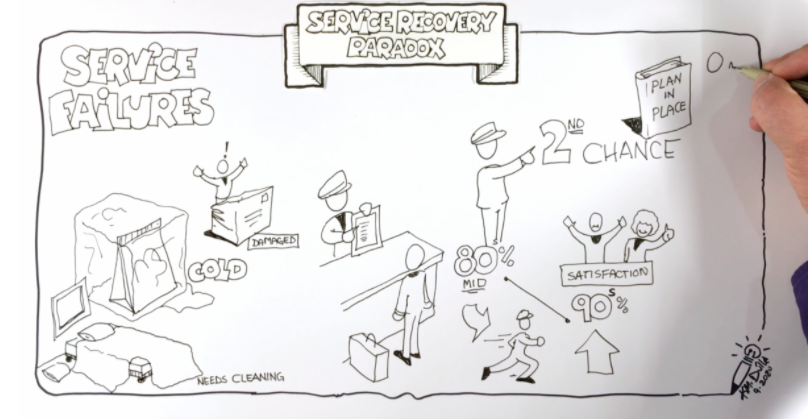What’s the goal when we present a plan or proposal?
Typically, we aim to communicate in a way that our audience can comprehend the content, agree with what we are saying, and give us their buy-in.
The problem with communication is that what’s received is subject to misinterpretation, misunderstanding, or just plain missing the point.
Even when we use PowerPoint to create charts or diagrams, we often fail to make our argument in a way that is relevant and understandable.
What if we could radically change this dynamic, so that the imagery we use to convey an idea is created in the moment? Literally.
This is where visual thinking comes into play.
My colleague, Kevin Dulle, is an expert in drawing. He has harnessed the power of this skill to help his audience grasp concepts, ranging from basic stories to highly complex frameworks.
There’s something about the experience of seeing ideas drawn out visually that helps us remember.
We recall visual content far better than the spoken or written word. Kevin tells me it’s about triggering different parts of the brain and reaching deeply held memories.
Here’s his incredible talent in action, where he did a visual translation of my upcoming 2-min video describing the Service Recovery Paradox. (Click to see the power of his visual translation):
I’m thrilled to announce that Kevin Dulle will be visually capturing tomorrow’s launch event for the PX Movement and my new book Beyond Bedside Manner.

